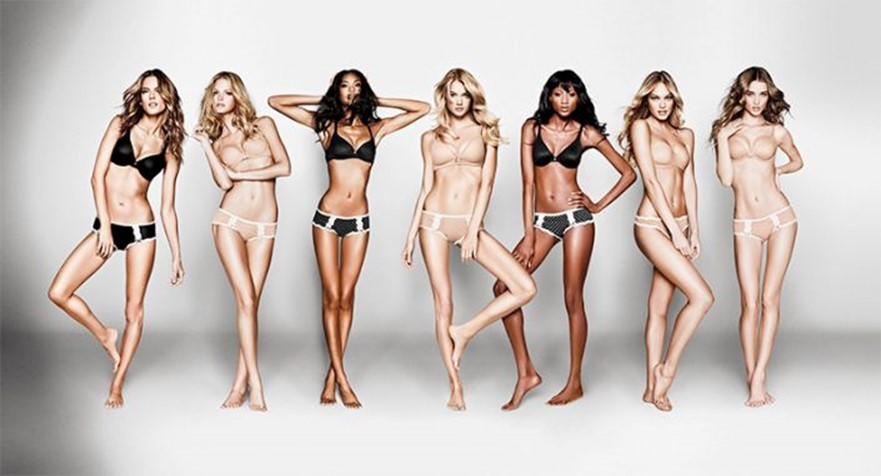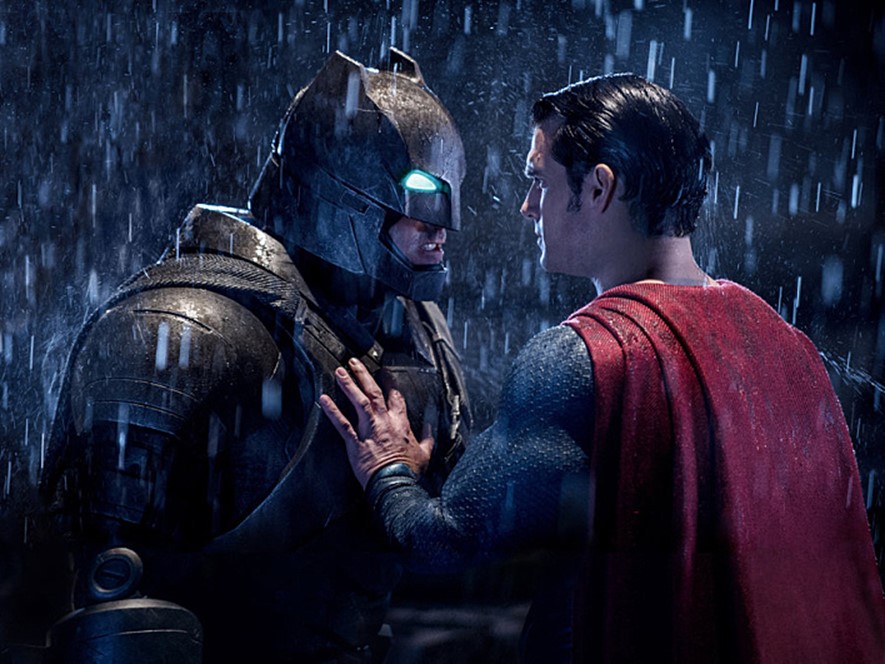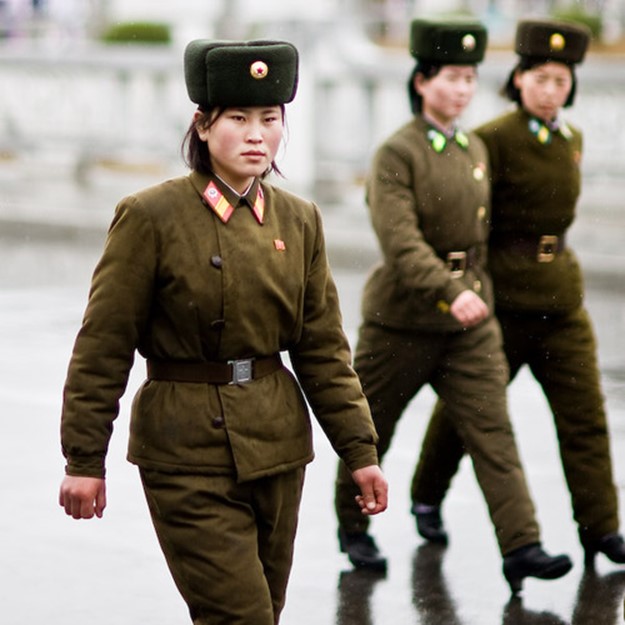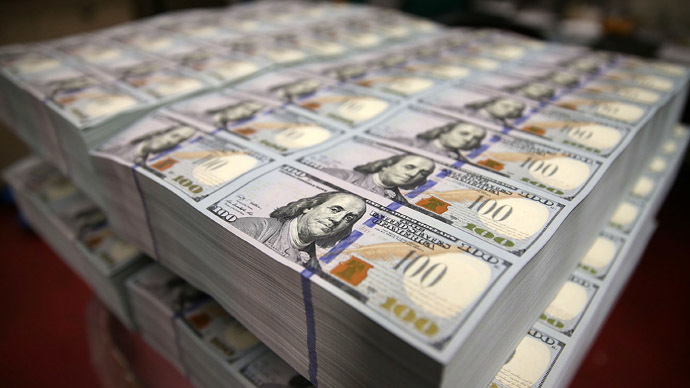The Economics Of Burials In Outer Space
April 4, 2016 in Daily Bulletin

Caleb Garling wrote about the business of space funerals:
- Multiple companies have sprung up that offer to send the remains of your loved ones into space – or to the heavens as some prefer to think of it.
- Companies that help with this don’t launch their own rockets. Rather they secure cargo space on rockets with other missions and hitch a ride with them.
- Because of the scheduling involved it takes around two years between signing a contract and the deceased blasting off into space.
- Not all of the remains are sent up. Usually only a “representative sample” since pricing is per gram and can quickly add up.
- It costs about $2,000 to send up a loved one in a capsule that will turn into a shooting star when it returns to earth and burns up in the atmosphere.
- On the other end of the scale, sending remains into deep space, towards another galaxy, will cost $12,500.
- All in all, though, the service is becoming increasingly popular since terrestrial earth funerals are rising in price and now aren’t that much cheaper than just sending someone off for a space funeral.
- Some companies are also working on a service that will (softly) land a person’s remains on the surface of the moon.
The full article is fascinating and provides many more details including the first person to be buried in space, and what the future of the business may hold. Read it here.
Source: Priceonomics





![iz-clothes-01[1]](http://www.Centives.net/S/wp-content/uploads/2016/03/iz-clothes-011.jpg)
![wheel+of+fortune[1]](http://www.Centives.net/S/wp-content/uploads/2016/03/wheeloffortune1-1024x576.jpg)


Join the Discussion! (No Signup Required)